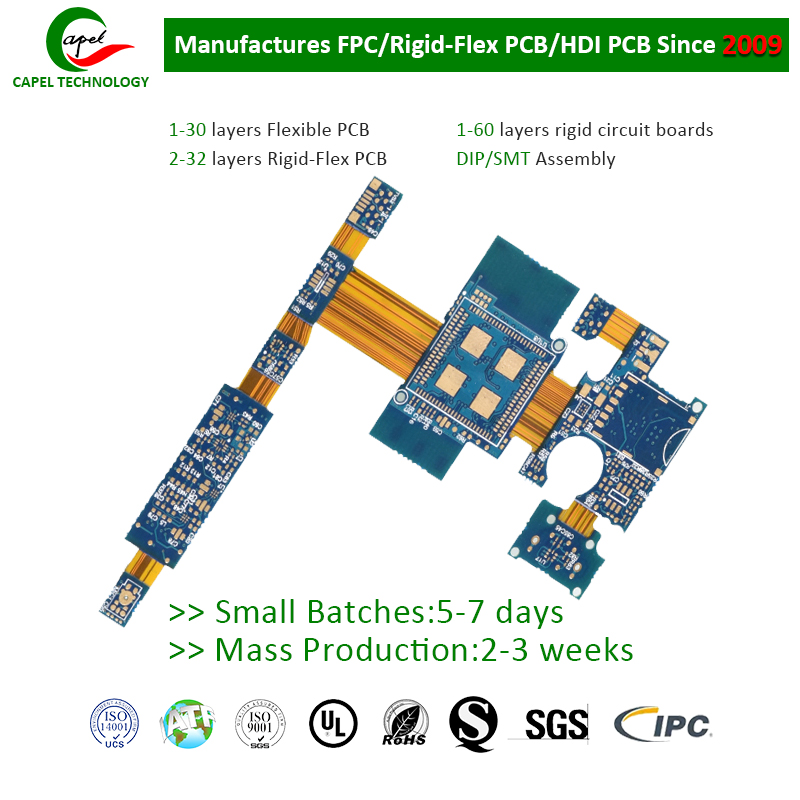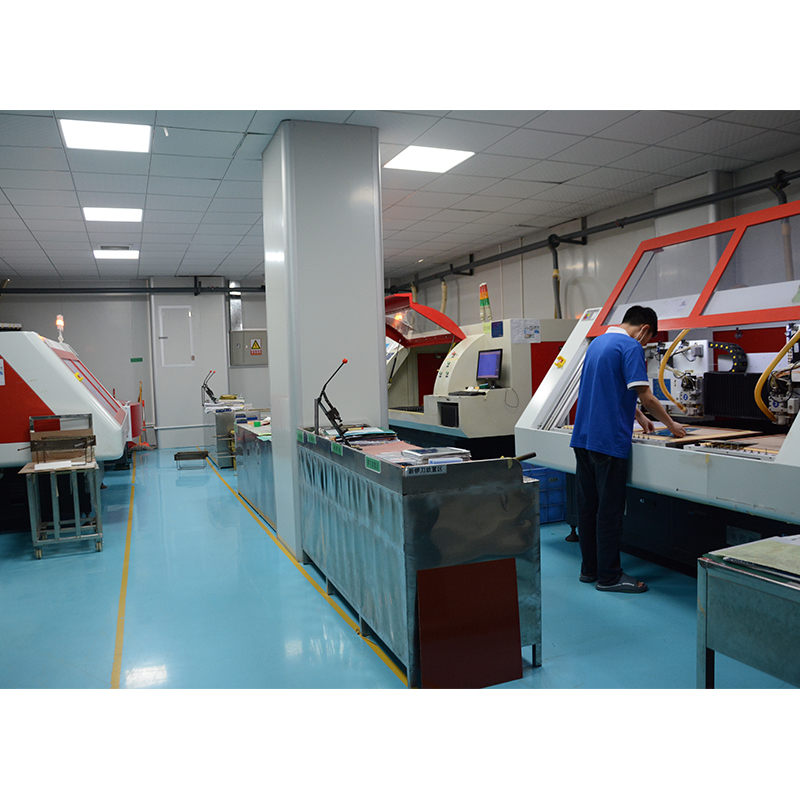How to choose the appropriate in-board copper thickness and copper foil die-casting process for 4-layer PCB
When designing and manufacturing printed circuit boards (PCBs), there are many factors to consider. A key aspect is choosing the appropriate in-board copper thickness and copper foil die-casting process, especially when dealing with 4-layer PCBs. In this blog post, we’ll discuss why these choices are important and give you some tips on how to make the best decision.
The importance of copper thickness in the board
A PCB’s in-board copper thickness plays an important role in its overall performance and reliability. It directly affects the board’s ability to effectively conduct electricity and manage heat dissipation. Choosing the correct copper thickness is critical to ensuring that the PCB can handle the required current without excessive heating or voltage drops.
When 4-layer PCBs are involved, the situation becomes more complex. Additional layers in the PCB increase design complexity, and copper thickness requires careful consideration to maintain optimal performance. But it must be remembered that the thickness should be selected according to the specific requirements of the PCB rather than blindly following any industry specifications.
Factors to Consider When Selecting In-Board Copper Thickness
1. Current carrying capacity: One of the main considerations when selecting copper thickness is the current carrying capacity of the trace. Circuit designs with high-power components or applications requiring high-current operation should use thicker copper traces to avoid excessive heat dissipation.
2. Thermal management: Effective heat dissipation is critical to PCB life and reliability. Thicker copper layers help enhance heat dissipation by providing a larger surface area for heat transfer. Therefore, if your application involves components that generate a lot of heat, it is recommended to choose a thicker copper layer.
3. Impedance control: For certain applications, such as high frequency or radio frequency circuits, maintaining accurate impedance is critical. In this case, the in-board copper thickness should be carefully selected to maintain the desired impedance value. Thicker copper layers help achieve precise impedance control.
Choosing the right copper foil die-casting process
In addition to copper thickness, the copper foil die casting process is another important aspect to consider. The die-casting process determines the quality and uniformity of the copper layer on the PCB. Here are some factors to keep in mind when choosing the right die casting process:
1. Surface finish: The die-casting process should ensure a smooth and uniform surface finish. This is very important to ensure good solderability and reliable electrical connections. A poor surface finish can cause problems such as solder joint failure or insufficient conductivity.
2. Adhesion: The copper layer must be firmly attached to the PCB substrate to prevent delamination or falling off during operation. The die-casting process should ensure good adhesion between the copper and the substrate material (usually FR-4) to ensure the reliability and longevity of the PCB.
3. Consistency: Consistency of copper thickness across the entire PCB is critical to ensuring consistent electrical performance and impedance control. The die casting process should provide consistent results and minimize variations in copper thickness.
Find the right balance
Striking the right balance between performance, reliability and cost is critical when selecting the appropriate in-board copper thickness and copper foil die-casting process. Thicker copper layers and more advanced die-casting processes may improve performance, but also increase manufacturing costs. It is recommended to consult with an experienced PCB manufacturer or expert to determine the optimal copper thickness and die-casting process that will best suit your specific requirements and budget constraints.
in conclusion
Choosing the correct in-board copper thickness and copper foil die-casting process are critical to ensuring the long-term performance, reliability and functionality of a 4-layer PCB. Careful consideration of factors such as current carrying capacity, thermal management, and impedance control is critical to making the right choice. Additionally, choosing a die-casting process that provides a smooth surface finish, excellent adhesion, and consistent results will further improve the overall quality of the PCB. Remember, every PCB design is unique and finding the perfect balance between technical requirements and manufacturing feasibility is the key to success.
Post time: Sep-26-2023
Back








